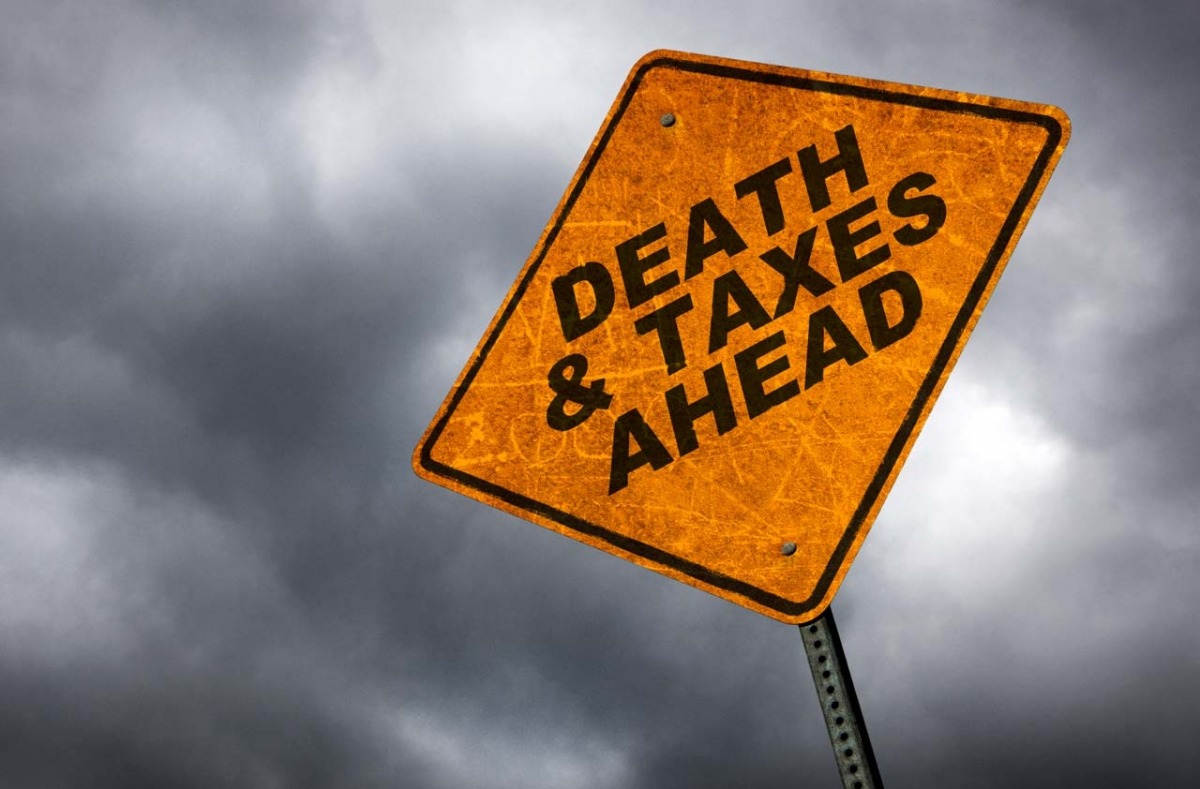Strategies to Eliminate Death Benefit Taxes
WHAT IS DEATH BENEFIT TAXES?
Death benefit taxes are something that can be very complicated and unexpected for beneficiaries of a Superfund death benefit payment, particularly where that deceased member has not implemented the appropriate estate planning strategies. When it comes to death benefit tax and how much tax a beneficiary has to pay upon receipt of a SMSF death benefit, will depend on whether the beneficiary is considered a “Death Benefit Dependant”.
The significance of this is that anyone who receives a lump sum death benefit from a SMSF or via the estate, who is classed under the Tax Act as a ‘Death Benefit Dependant’, will receive the payment tax free.
A “Death Benefit Dependant” under the Tax Act includes:
– a spouse (includes de facto);
– a former spouse;
– a child aged less than 18;
– any other person with whom the deceased had an ‘interdependency relationship’ with just prior to death;
– any other person who was a dependant of the deceased (i.e. relied on the deceased for financial maintenance) just before death.
As you can see, the most common issue with most SMSF’s is that an adult child of a member is not classed as a death benefit dependant, and as such, there may be death benefit taxes payable upon the beneficiaries receipt of the payment.
HOW ARE DEATH BENEFIT TAXES CALCULATED?
A member’s superannuation benefits are made up of taxable & tax free components. The tax-free component is always tax-free irrespective of the age the member takes their super benefits, and irrespective of whether they leave their benefits to individuals who are treated as dependant or non-dependant.
If a person dies, and leaves their super benefits to an individual who is treated as a non-dependant under the tax laws, for example an adult child, then tax is payable by the recipient on the taxable component of any death benefit.
The table below shows the tax rate of death benefit payments when paid to a dependant or non-dependant:
| Tax Components | Paid to a Death Benefit Dependant | Paid to a Non-Death Benefit Dependant |
| Tax Free Components | Nil | Nil |
| Taxable Components | Nil | 15% + Medicare Levy |
HOW DO I REDUCE DEATH BENEFIT TAXES?
A strategy that can be implemented to reduce death benefit taxes is referred to as a re-contribution strategy.
A re-contribution strategy involves withdrawing a portion of the pension balance and re-contributing it back into the fund as a non-concessional contribution. When withdrawing a pension from the fund, the taxable portion of the pension balance is reduced in proportion to the percentage makeup of the overall pension account balance. Then, by making a subsequent non concessional contribution, a 100% tax free element is reinjected into the fund. With repetition over time, the taxable portion of the fund reduces and the tax free portion increases. In future, when superannuation benefits are paid to a non-dependant, the death benefits tax will be heavily reduced.
Upon the member making a non-concessional contribution, a new account based pension should be commenced in order to maintain the funds current level of exempt current pension income (ECPI).
For any technical questions, or to find out about how our services can support your business, call our team on 03-5226 3599 or email [email protected]. Also, follow us on social media to keep up to date with our latest posts and blogs.
Related Posts
- 2022-23 October Federal Budget SMSF Recap ( October 26, 2022 )
- Downsizer contributions; the scheme helping retirees bolster their super balance ( April 13, 2022 )
- Conditions of Release ( February 28, 2022 )
- The age-old debate; Corporate or Individual trustees ( February 4, 2022 )
- Pink Diamonds: Collectable or Precious Metal? ( November 15, 2021 )
- Let’s Talk Property Valuations ( September 10, 2021 )
- How to invest in Cryptocurrency for your SMSF – The right way ( August 16, 2021 )
- How to get SuperStream ready! ( August 6, 2021 )

